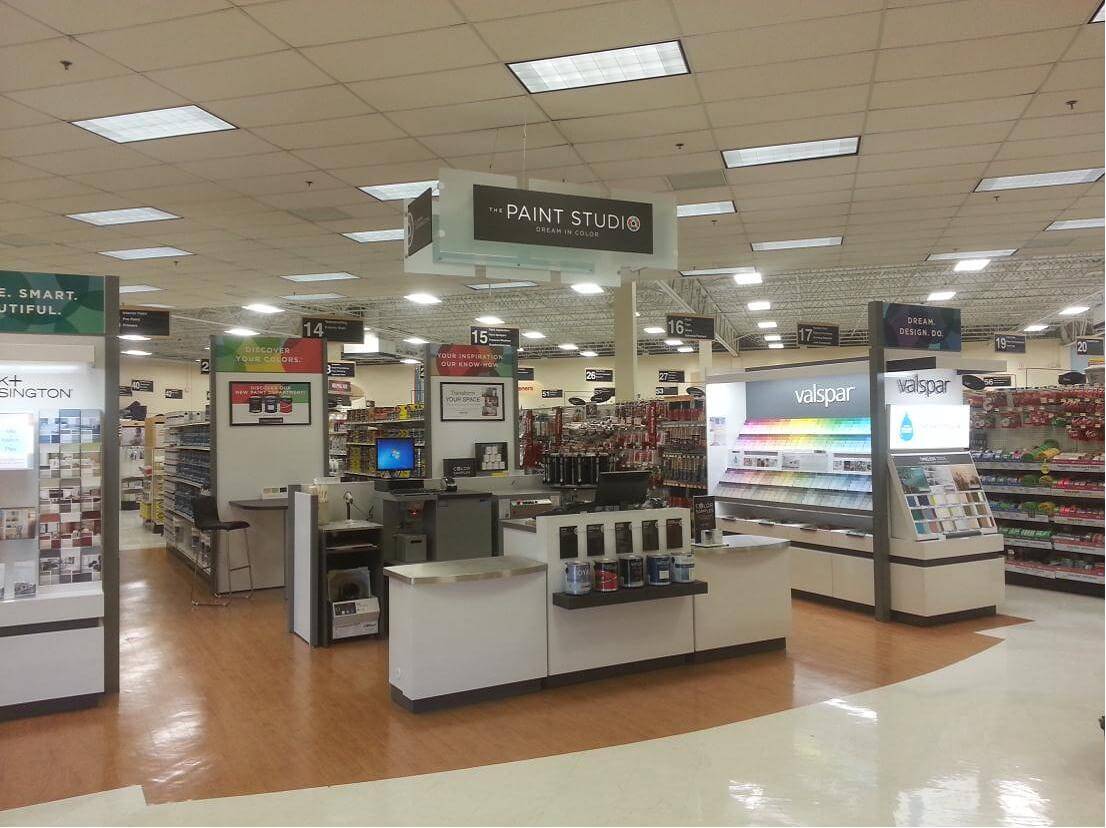 A few years ago, Ace Hardware had about 3 percent of the U.S.’s market share for paint. It represented a significant part of the organization’s overall business, but the leadership of the corporation knew they could do better. So David Ziegler, Chairman of the Board for Ace Hardware Corporation, and his team issued a challenge: Earn 10 percent market share by 2020.
A few years ago, Ace Hardware had about 3 percent of the U.S.’s market share for paint. It represented a significant part of the organization’s overall business, but the leadership of the corporation knew they could do better. So David Ziegler, Chairman of the Board for Ace Hardware Corporation, and his team issued a challenge: Earn 10 percent market share by 2020.
Now, less than four years later, Ace has doubled its market share of paint, and the percentage is growing regularly thanks to the hard, innovative work of Ziegler and the Ace team. How did they get there? About 400 easy steps.
Last Friday I had the privilege of hearing Ziegler share the Ace story as part of a Leadership Lecture Series event hosted by the Center for Values-Driven Leadership and the Chicago Chapter of Conscious Capitalism. His story reminded me of something I learned throughout my 30 years in corporate America: Innovation isn’t magical.
When we hear the word innovation, we often think about middle-of-the-night flashes of brilliance; I think of creative processes that happen in brightly colored workspaces with ping pong tables and a workforce with an average age of under 28. I think of the Disney movie Fantasia, and its wizard. Innovation, it sometimes seems, is a magical experience, a lightning bolt, an explosion of color and imagination.
No Pixie Dust Required
Except that it’s not. Innovation is not magical – David Ziegler will be the first to tell you this, as would his fellow keynote speaker, John Coyle of the innovation firm Maddock Douglas. “You need a process to do innovation,” Coyle told the crowd gathered at the lecture.
When Ace decided to grow their market share in paint, they gathered their best minds and came up with dozens of ideas. “We threw the spaghetti at the wall,” Ziegler said.
These ideas were whittled down and tested, merged with other ideas, tested again. Partnerships were formed. Innovation required an investment of time and resources. It required an intentional questioning of the status quo.
In the end, Ace realized its store brand of paint needed to be revitalized to be competitive in the marketplace. Through product development and market testing, Ace decided to rebrand its paint, introducing a new line called Clark Kensington®. Paint departments in most stores got a facelift, with a new high-end look and feel known as The Paint Studio™. Importantly, Ace’s innovation process led the organization to stop manufacturing paint. (A lesson for us all: sometimes innovation calls for us to stop doing something, rather than to start something new).
Ziegler didn’t elaborate about how Ace came to these decisions, but I bet if you mapped the process it looked something like a standard flow chart. There’s no magic in that – just good, reliable planning.
We do well to remember this when we find ourselves with a business challenge – either one handed down from leadership, or created by the market and our competitors. We cannot sit around, waiting for the lightning bolt of innovation to strike us: we have to invest in the hard work of an innovation process in order to reap the benefits of its magic.
___
Dr. Marie E. Di Virgilio is the Administrative Director for the Center for Values-Driven Leadership. She brings over 30 years of business experience, much of it with Allstate Insurance Company, holding key leadership positions in sales, human resources, accounting, corporate education, and information technology. As a Center core faculty member, Dr. Di Virgilio anchors courses in leading change and developing organization, and leadership and corporate social responsibility.
___
EARN YOUR PH.D. WHILE YOU LEAD YOUR COMPANY
 Our Ph.D./D.B.A. program is designed for senior executives leading values-driven companies. Learn more >> Download our comprehensive program booklet today.
Our Ph.D./D.B.A. program is designed for senior executives leading values-driven companies. Learn more >> Download our comprehensive program booklet today.

